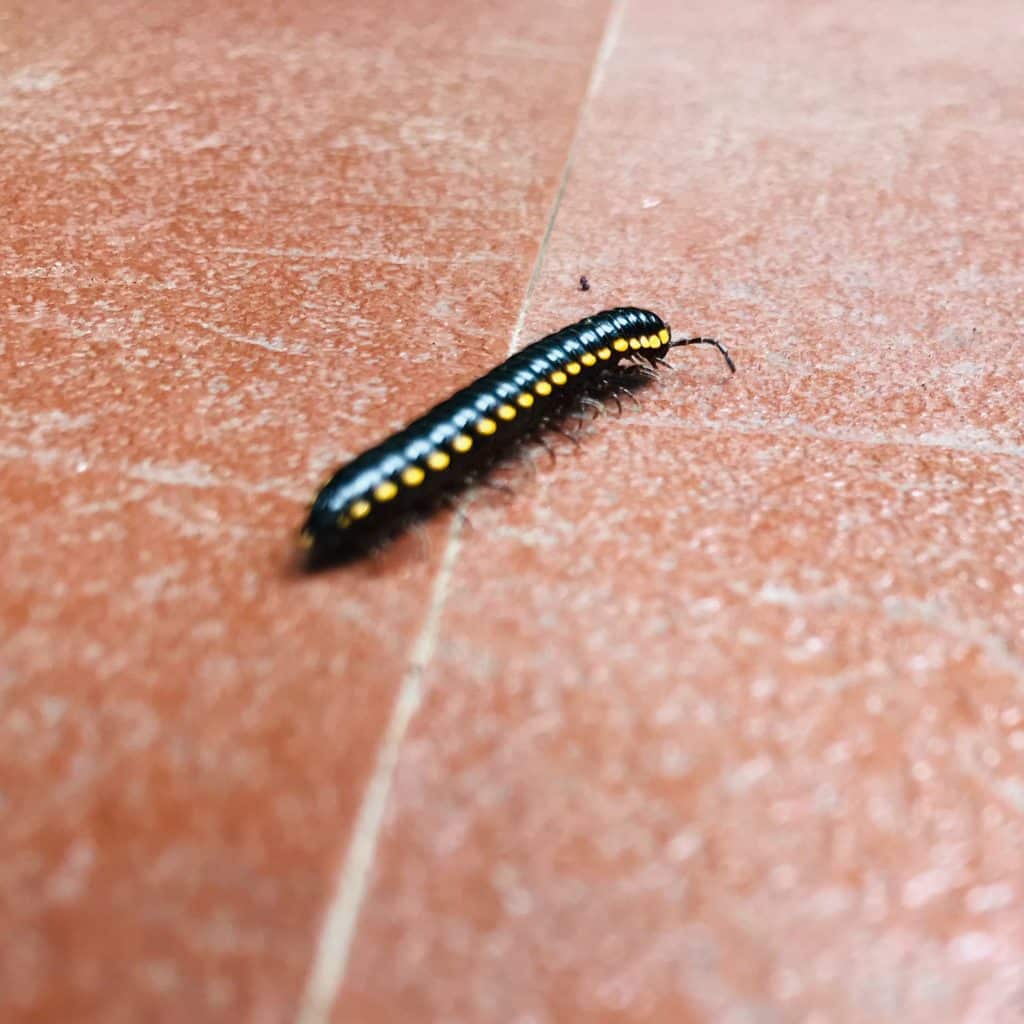Effective Millipede Control Top Tips for a Pest-Free Home and Garden
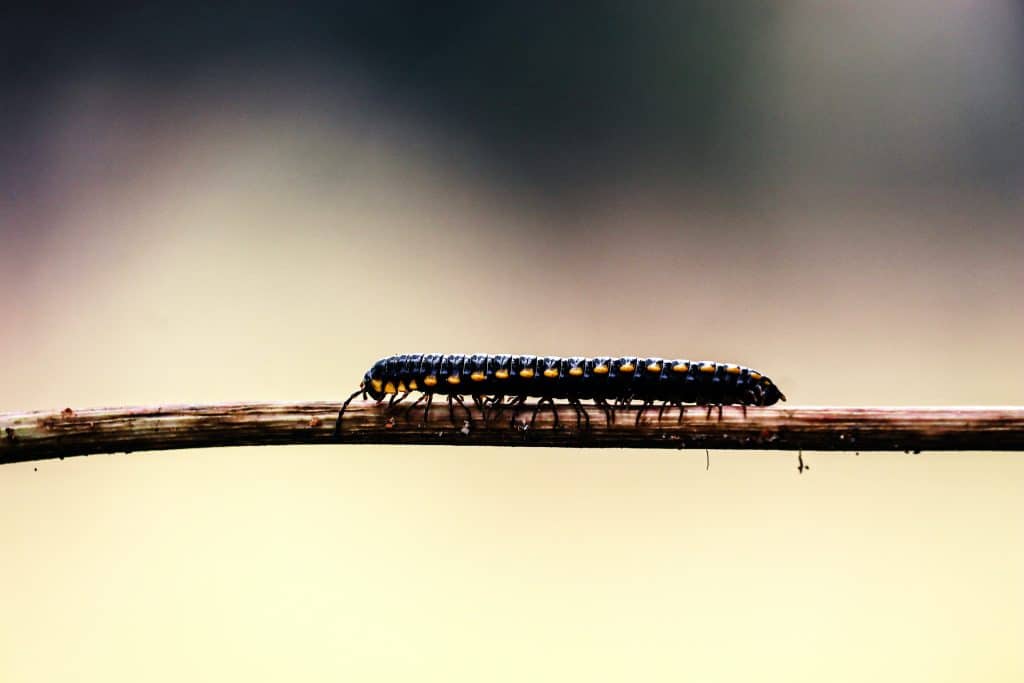
Importance of millipede control
Millipedes are elongated, cylindrical arthropods with many legs, often found in damp and dark places. These creatures play a vital role in breaking down organic matter, but they become a nuisance when they invade our homes and gardens.
Millipede control is essential to maintain a comfortable and healthy living environment. While millipedes are not directly harmful to humans, they can cause damage to plants and stored goods and invade homes in large numbers.
Common types of millipedes
The most common millipede species in Sydney include the Portuguese Millipede and the Black Portuguese Millipede. Both species are known for their distinctive black or dark brown colour and numerous legs.
Understanding Millipede Biology and Behaviour
Life cycle
Millipedes undergo a unique life cycle consisting of egg, larval, and adult stages. Female millipedes lay eggs in moist soil or decaying organic matter, where they hatch into tiny larvae. The larvae go through multiple molts, growing legs and segments until they reach maturity.
Habitat and environmental preferences
Millipedes thrive in damp, dark environments with abundant organic matter. They can often be found under stones, logs, leaf litter, and mulch, as well as in moist soil and compost heaps.
Diet
Millipedes primarily feed on decaying plant material, such as leaves, wood, and roots. Their diet may also include fungi, algae, and other organic matter.
Reproduction
Reproduction occurs when male millipedes transfer sperm to the female using specialized appendages. The female then lays eggs in a protected, moist environment, ensuring the next generation’s survival.
Don't waste time, book a treatment now with one of our experts
Identifying Millipede Infestations in Sydney
Common signs of millipede presence
Millipedes are nocturnal, so you’ll likely spot them at night. Their presence includes sightings of live or dead millipedes, millipede droppings, and damaged plants or stored goods.
- Areas in homes and gardens where millipedes are likely to be found
Millipedes are drawn to damp, dark places like basements, crawlspaces, bathrooms, and outdoor areas with abundant organic matter, such as gardens, compost piles, and mulch beds.
- Assessing the severity of an infestation
The severity of an infestation can be determined by the frequency and number of millipedes spotted, the extent of damage to plants and stored items, and the presence of millipedes in living spaces.
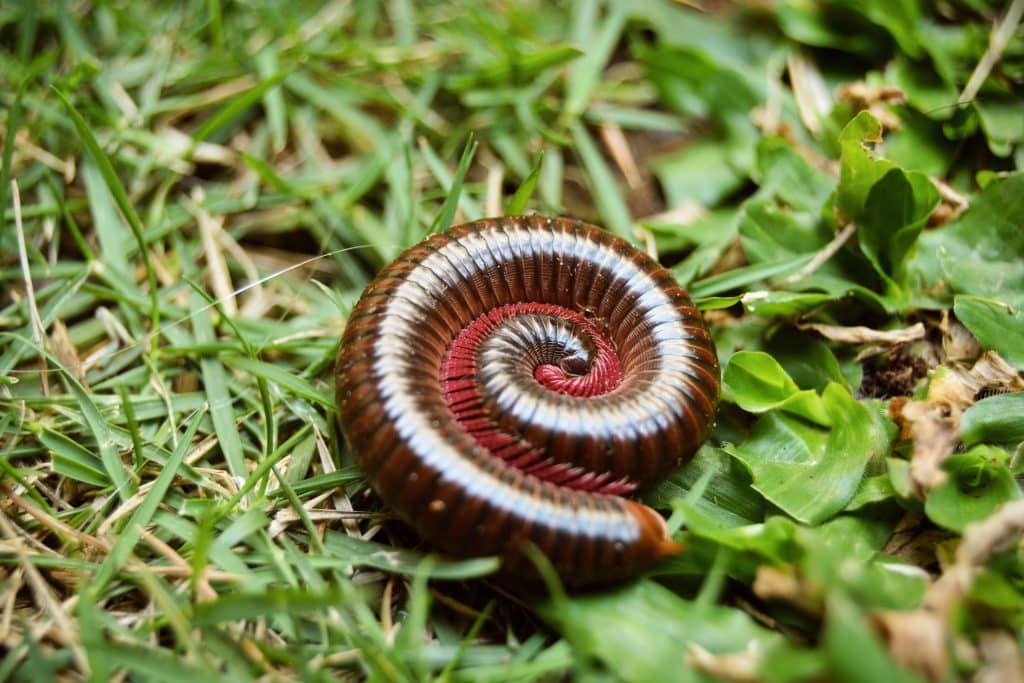
Non-Chemical Millipede Control Methods
Prevention strategies
- Sealing gaps and cracks in structures
Prevent millipedes from entering your home by sealing gaps and cracks in walls, foundations, windows, and doors. Use weatherstripping, caulking, or other suitable materials to create a barrier.
- Maintaining a clean and dry environment
Keep your home and garden clean and dry by fixing leaks, removing standing water, and regularly cleaning gutters and drains. This will make your property less attractive to millipedes.
- Removing decaying organic material
Reduce the millipedes’ food source by promptly removing decaying organic material, such as leaves, wood, and dead plants, from your property.
Physical control methods
- Hand-picking and trapping
Remove millipedes by hand or with traps, such as sticky barriers or pitfall traps. Dispose of them in a sealed container or relocate them to a suitable outdoor habitat away from your home.
- Introducing natural predators
Encourage natural predators like birds, frogs, and ground beetles in your garden to keep millipede populations under control.
Cultural control methods
- Proper garden and landscape management
Implement proper garden and landscape management practices, such as using raised beds, avoiding over-mulching, and spacing plants to improve air circulation.
- Watering practices and drainage improvements
Adjust your watering practices to avoid creating damp conditions that attract millipedes. Improve drainage in your garden to prevent water from pooling and create a millipede-friendly habitat.
Take Back Control Now
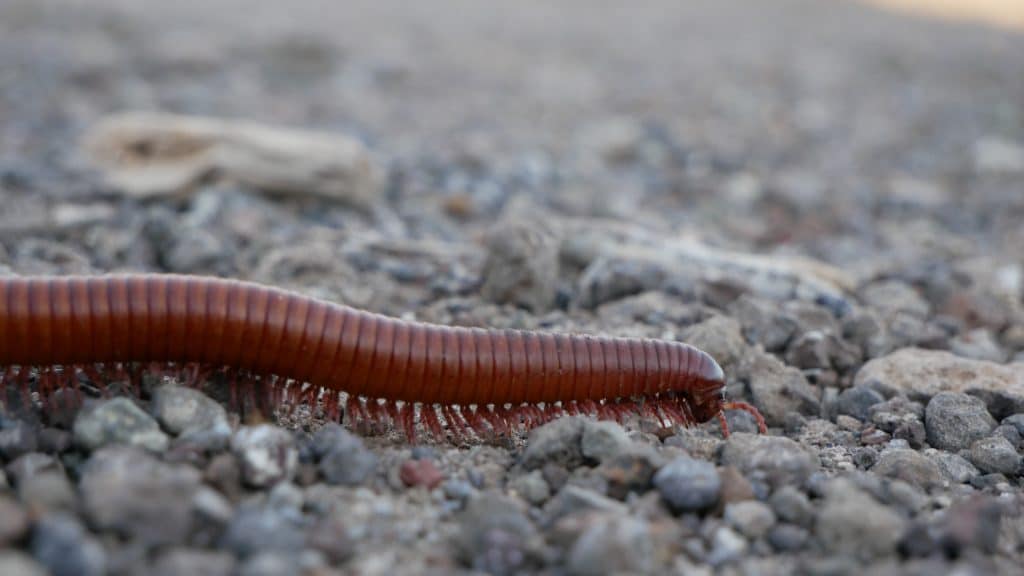
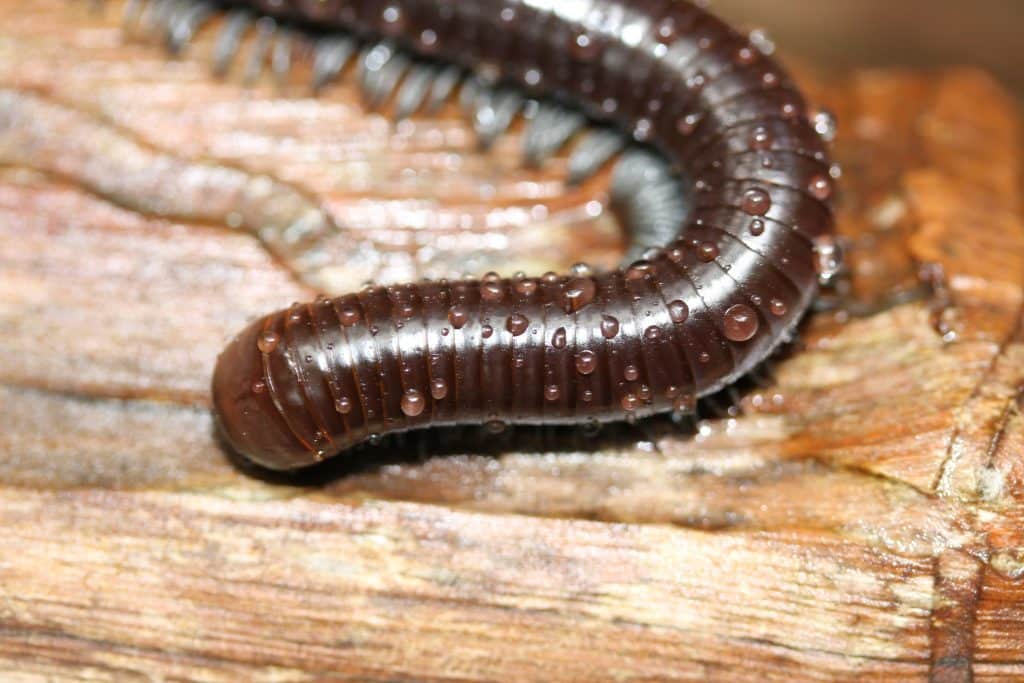
Chemical Millipede Treatments
Chemical control methods should be used as a last resort when non-chemical methods have proven insufficient. Always follow label instructions and safety precautions when using pesticides.
Selecting the appropriate pesticide
Choose a pesticide containing active ingredients like bifenthrin, cypermethrin, or deltamethrin, which are effective against millipedes.
Safety and environmental considerations: Select a product with low toxicity to humans, pets, and non-target organisms, and use it responsibly to minimize environmental impact.
Application methodsSpot treatments
Apply the pesticide to specific areas where millipedes are most prevalent, such as cracks, crevices, and other entry points.
- Perimeter treatments
Create a barrier around your home by applying the pesticide along the foundation, window sills, door frames, and other potential entry points.
- Monitoring and follow-up
Regularly monitor the infested areas after treatment, and reapply the pesticide if necessary. Maintain non-chemical control methods to prevent future infestations.
Professional Millipede Control Services in Sydney
When to call a professional
If you’re unable to control the millipede infestation using DIY Spray methods, or if the infestation is severe and widespread, it’s time to call a professional pest control company.
What to expect from a professional millipede treatment
Our experienced technicians at safe pest control will assess the infestation, develop a customized millipede treatment plan, and apply safe, effective solutions to eliminate the millipedes from your property. We also provide ongoing monitoring and follow-up services to ensure long-lasting results.
Choosing a reputable pest control company
Choose a reputable pest control company like safe pest control, known for our expertise in millipede control, exceptional customer service, and environmentally responsible practices. Trust us to protect your home and garden from millipede infestations while ensuring your family’s and the environment’s safety.
